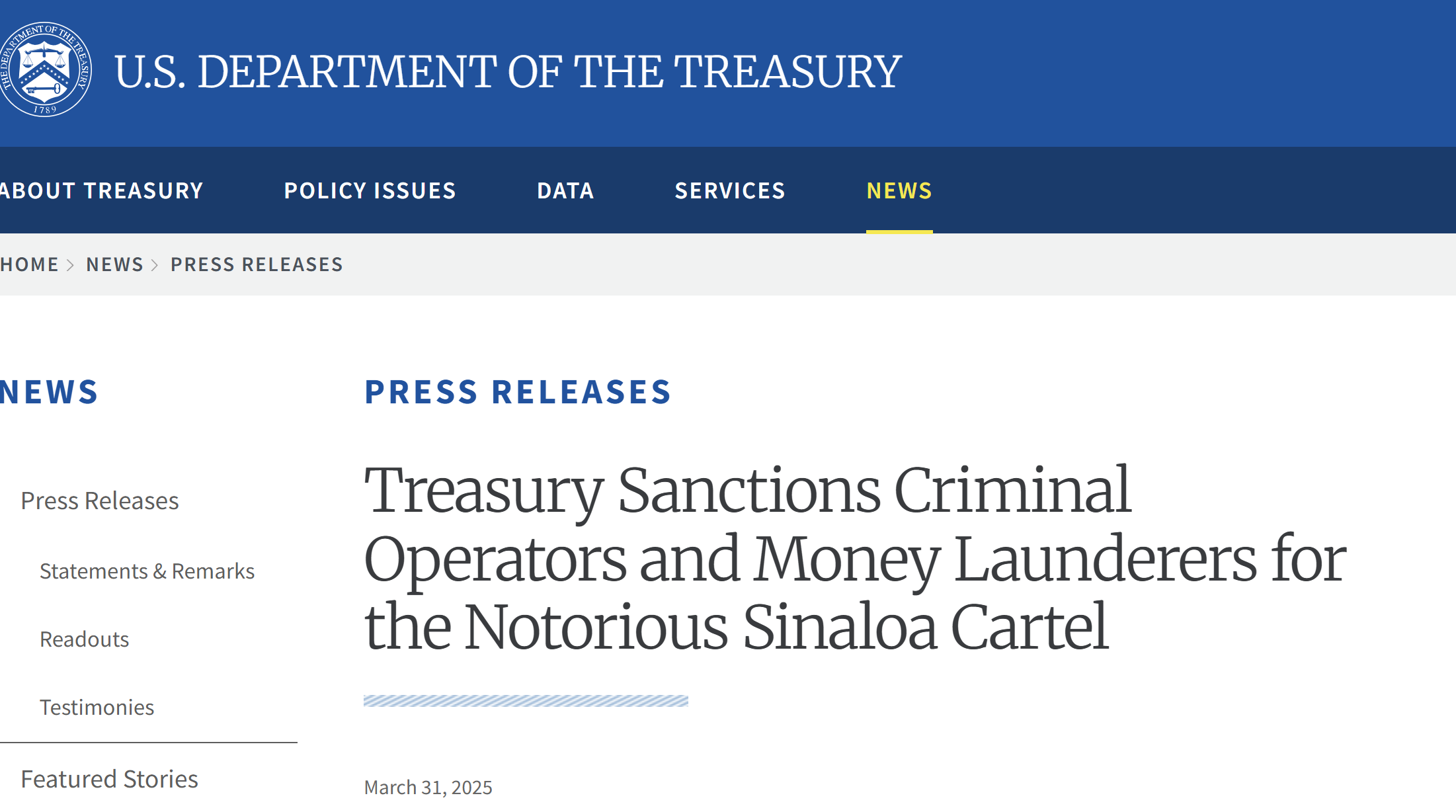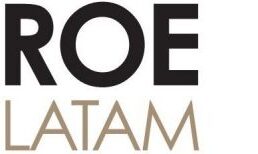
U.S. Treasury Cracks Down on Mexican Cartel Oil Smuggling: Critical Insights for Energy Companies
(Credit: Miller & Chevalier | Original article here)
The Rising Threat of Huachicol: How Cartels Profit from Stolen Crude Oil
The Trump administration’s May 2025 crackdown on Mexican cartels marks a pivotal shift in combating huachicol—a lucrative scheme where cartels like CJNG (“Cartel Jalisco Nueva generación“) steal crude oil from Pemex and smuggle it into the U.S. disguised as “waste oil.” This illegal trade fuels fentanyl trafficking and costs Mexico billions annually. Learn how Office of Foreign Assets Control (OFAC) sanctions, Financial Crimes Enforcement Network (FinCEN) alerts, and cross-border enforcement are reshaping risks for energy companies and financial institutions.
5 Essential Strategies to Mitigate Cartel-Related Risks in 2025
Decode OFAC’s Sanctions & FinCEN’s Red Flags
OFAC sanctioned three Mexican nationals and two entities tied to CJNG, freezing U.S. assets and banning transactions. FinCEN’s alert flags suspicious activity, including below-market West Texas Intermediate (WTI) crude prices and falsified shipping documents. Pro Tip: Audit suppliers for hidden cartel ties to avoid penalties.Avoid Costly Compliance Mistakes
Counter-terrorism sanctions criminalize material support to cartels—even inadvertent payments like “derecho de paso” transit fees. Unlike other programs, no exceptions exist for extortion. Action Step: Train teams to identify high-risk logistics routes in Mexico.Leverage U.S.-Mexico Collaboration
Despite trade tensions, OFAC praised Mexico’s Financial Intelligence Unit (“Unidad de Inteligencia Financiera“) (UIF) for joint efforts against cartels. Key Insight: Cross-border investigations are rising—align compliance with both nations’ regulations.Blockchain & Supply Chain Transparency
FinCEN warns of cartels using shell companies and fake trade docs. Solution: Deploy blockchain traceability tools to verify crude oil origins and shipment integrity.Prepare for CBP Scrutiny & DOJ Enforcement
Post-2025, the USA Customs and Border Protection (CBP) is intensifying border checks for mislabeled crude. Recent USA Department of Justice (DOJ) indictments (e.g., Utah family smuggling 2,881 shipments) signal zero tolerance. Must-Do: Pre-audit customs paperwork to prevent cargo seizures.
Why Financial Institutions Face High Stakes
Banks serving U.S. oil importers or operating in Mexico risk Anti Money Laundry (AML) violations. FinCEN’s red flags include rapid fund transfers between U.S. buyers and Mexican brokers. Compliance Hack: Update transaction monitoring systems to flag abnormal profit margins or shell company activity.
U.S. Enforcement Actions Highlight the Need for a Best-in-Class Compliance Framework
The escalating U.S. crackdown on cartel oil smuggling—led by agencies like OFAC, FinCEN, DOJ, and CBP—underscores the urgent need for companies, particularly in the energy sector, to implement robust compliance frameworks. These frameworks must integrate anti-bribery measures, tax and accounting controls, advanced technology tools, and dynamic risk mapping with tailored mitigation strategies. In an era of heightened enforcement, businesses cannot afford gaps in their compliance programs, as even inadvertent violations could trigger severe penalties, sanctions, or criminal charges.
Key Components of a Future-Proof Compliance System
Anti-Bribery & Corruption (ABAC) Protocols:
Align with the Foreign Corrupt Practices Act (FCPA) to prevent bribery of foreign officials, a risk highlighted by cartel schemes involving Pemex employees.
Train employees to recognize red flags, such as suspicious “consultancy fees” or demands for “derecho de paso” payments by cartel-linked brokers.
Tax & Accounting Transparency:
Ensure accurate reporting of cross-border transactions to avoid discrepancies that could signal smuggling (e.g., undervalued crude oil shipments).
Leverage AI-driven audits to detect anomalies in financial records, such as unexplained cash flows or inflated expenses.
Technology-Driven Risk Mitigation:
Deploy blockchain for supply chain traceability to verify the origin of crude oil and flag unauthorized suppliers.
Use AI-powered transaction monitoring to identify patterns tied to cartel activity, such as rapid fund transfers between U.S. importers and Mexican shell companies.
Proactive Risk Mapping & Controls:
Conduct geospatial risk assessments for operations in cartel-dominated regions (e.g., routes near CJNG-controlled pipelines).
Map third-party networks (suppliers, transporters, brokers) to screen for ties to sanctioned entities on OFAC’s Specially Designated Nationals and Blocked Persons List (SDN List) .
Continuous Compliance Monitoring:
Implement real-time updates to risk profiles as enforcement priorities evolve (e.g., FinCEN’s 2025 red flags for huachicol schemes).
Schedule regular internal audits and stress tests to ensure controls adapt to emerging threats, such as cartel exploitation of “waste oil” labeling loopholes.
We based this blog post on Miller & Chevalier’s International Alert of May 7, 2025, you can read it here.
Feel free to contact us at online@roeltam.com for a free consultation on your compliance system, we will be glad to help.
You may find these other blog posts interesting:
- Navigating Cartel and FTO Designations: Advanced Compliance Strategies for Global Businesses
- 6 Essential Requirements of the EU Whistleblowing Directive: A Compliance Guide for Organizations
- 2024 Corruption Perceptions Index (CPI): How Corruption Fuels the Climate Crisis
- UK, France, Switzerland Launch Critical Anti-Corruption Task Force
- Mexico’s Corruption Crisis Deepens: 2024 CPI Reveals Historic Low & Global Implications
- FCPA Enforcement Pause: 5 Critical Compliance Strategies to Mitigate Risk Now
- The Essential Guide to KYC Regulations in Mexico: What Real Estate Professionals, Financial Institutions, and Buyers Must Know
- ROE Latam Advises CORSAIN of El Salvador on the Implementation of ISO 37001
- ROE Latam Advises the National Public Security Academy of El Salvador on the Implementation of ISO 37001
